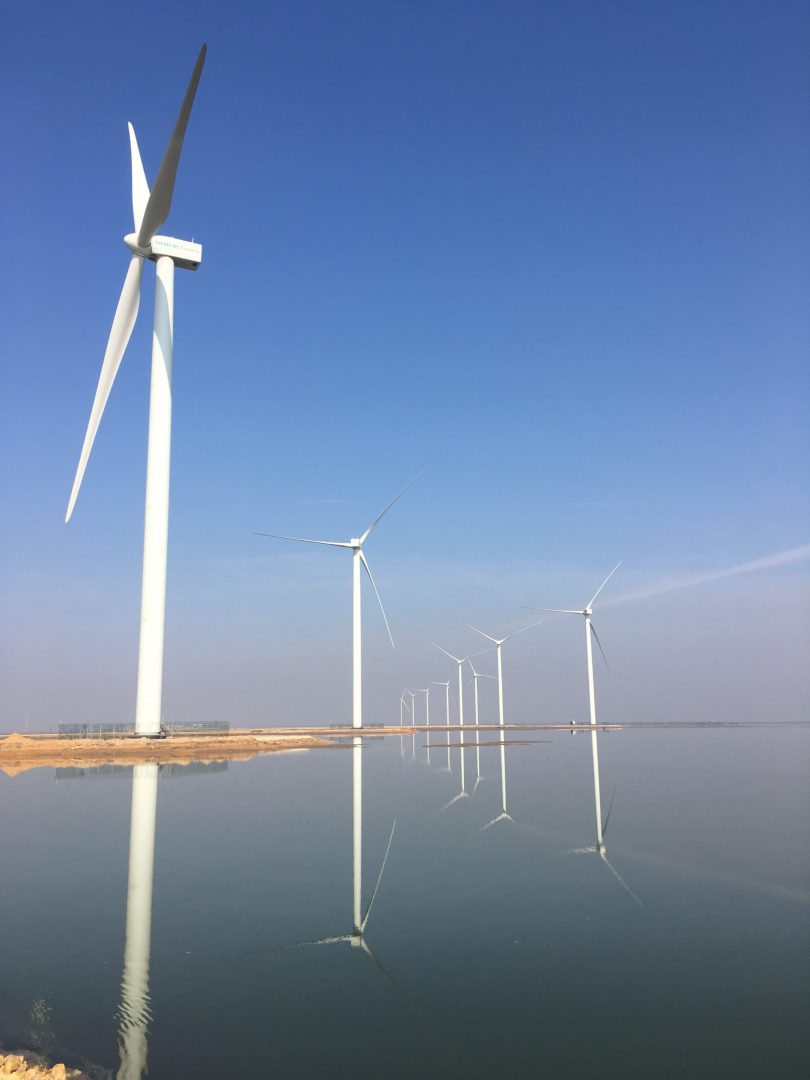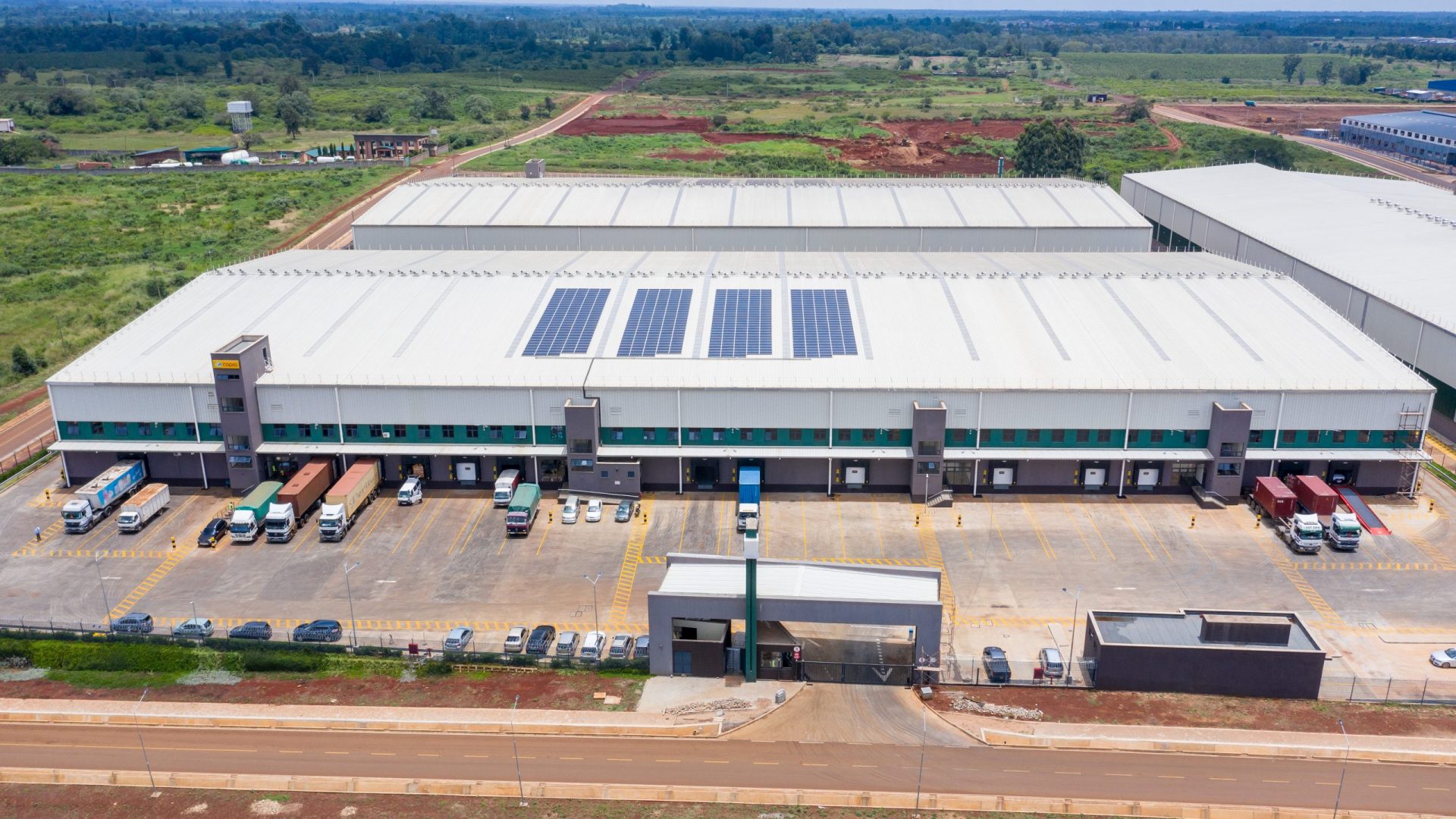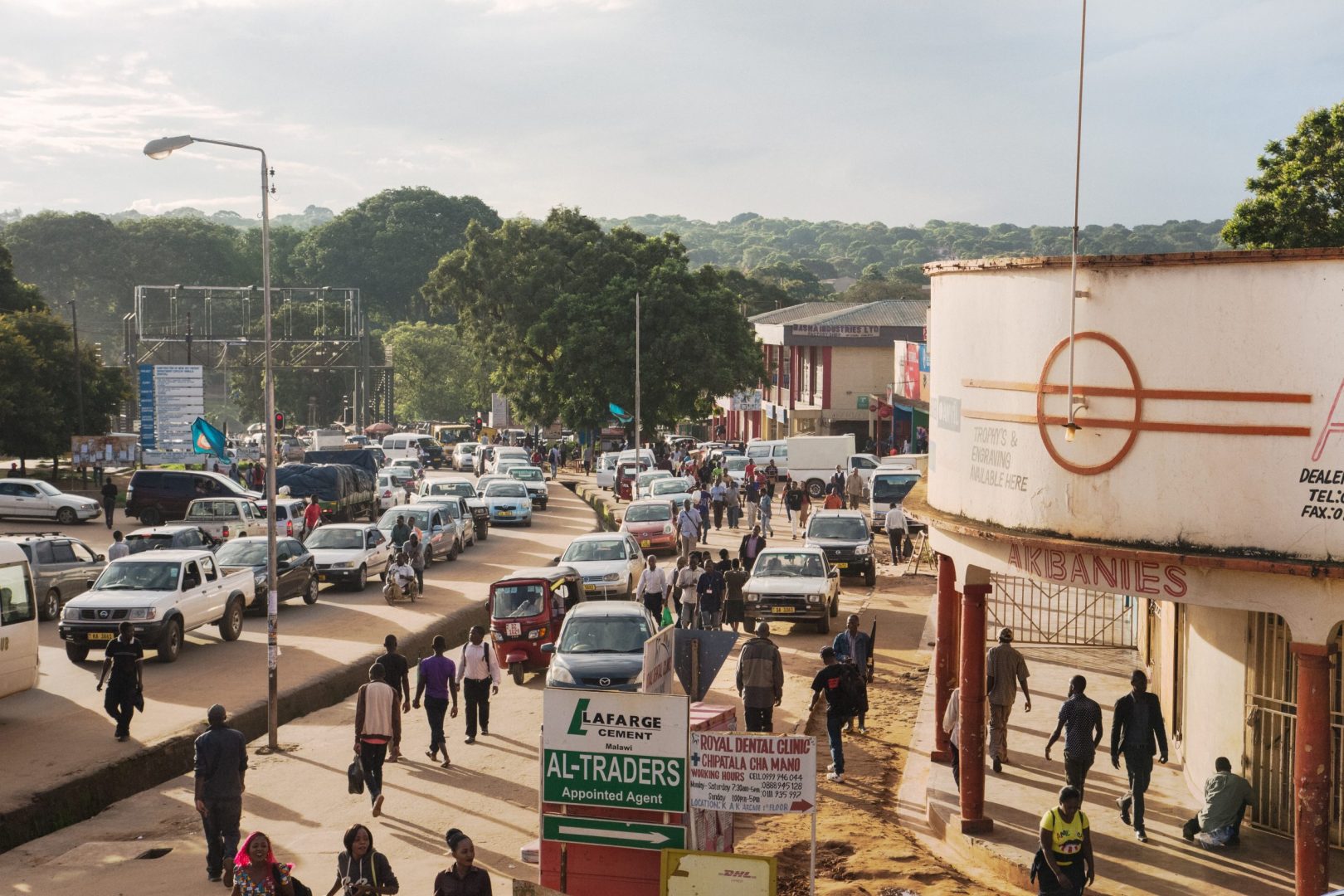How can we make progress in financing climate adaptation and resilience?
In early May, news broke that global average temperatures are likely to go above the 1.5°C warming threshold in the next five years. If we do see temperatures breach the 1.5 °C goal of the Paris Agreement, the adverse effects are projected to be huge for people, economies and ecosystems.
But we don’t have to wait to see the impacts of climate change. Countries and communities are already facing severe climate events as a result of warming.
Take Pakistan, a country on the frontline of the crisis. Heavy rainfall last year caused devastating floods resulting in around $30 billion of economic losses and nearly 1,800 deaths. The devastation was compounded by forest fires resulting from the extreme heat.
When Sherry Rehman, Pakistan’s Federal Minister of Climate Change, recently addressed British International Investment about the crisis, she painted a harsh picture of the struggles currently being faced and the lack of adequate international response.
“I’m not sure that there is enough money or climate financing,” she said. “We talk about how that does not address or respond to the urgency and scale of upcoming climate patterns and disasters in the entire developing world, including South Asia and the rest of Asia, the Small Island Developing States and Africa.
“Where the time scale of climate events is so accelerated that countries are in what I call a recovery and resilience trap.”
The trap she referred to is the reality that as countries are trying to rebuild from one climate disaster, another strikes.
$30 billion
economic loss caused by flooding in Pakistan in 2022.
Pakistan is not alone. Over the past few years, India has been hit by successive heatwaves, reaching record temperatures. In 2022, the heatwave curtailed the country’s wheat production, sending domestic prices soaring and resulting in an export ban.
And the ongoing drought in the Horn of Africa is estimated to have resulted in 43,000 deaths last year in Somalia alone.
The World Bank estimates that the total investment needs for a comprehensive response to Pakistan’s climate and development challenges is about $348 billion over the next eight years, an amount that Minister Rehman argued is not in anyone’s pipeline.
She is not alone in her prognosis. The United Nations Environment Programme has said that the climate adaptation finance gap in developing countries is likely to be five to ten times greater than current international adaptation finance flows. They add that it will only widen if we do not ramp up investments.
There simply is not enough investment in adaptation and resilience measures to meet the growing need of nations. And in particular, there is a financing gap for developing countries who are bearing the brunt of the impacts of climate change.
What does a focus on adaptation and resilience look like?
This critical need is why climate adaptation and resilience is one of the three building blocks of British International Investment’s (BII) Climate Change Strategy.
As the UK’s development finance institution, we operate in some of the world’s most climate vulnerable countries, where the adverse effects are already hitting communities, ecosystems, and economies.
Climate change adaptation approaches aim to reduce the risks and vulnerabilities posed by climate change, while resilience measures aim to increase the capacity of people, businesses and infrastructure to cope with and recover from climate shocks and stress.
BII’s approach to investing in climate adaptation and resilience solutions takes two forms. First, we work with the companies we already invest in within our portfolio to help them identify climate risks and vulnerabilities, and then build up their resilience to these events.
Second, we invest in companies that offer adaptation and resilience solutions for people, businesses and ecosystems, with the aim of scaling these ventures and making their solutions accessible.
How do we know what makes a difference?
As part of our approach to implement our Climate Change Strategy, we have been supporting the development and piloting of tools for assessing climate risk. For example, we worked in partnership with WWF to enhance its Water Risk Filter tool with scenario analysis, giving investees and companies access to a publicly available tool for assessing water-related risks. We’ve also trained some of our investees on how to use this tool.
At the same time, we track the finance going into adaptation solutions, and have been developing metrics that can assess whether the solutions we invest in are delivering on their impact objectives.
As a core founding member of the Adaptation & Resilience Investors Collaborative (ARIC), we have been developing a shared approach to metrics that enables investors to collect, analyse and share information about the positive adaptation and resilience impact of their investments.
The Collaborative is a partnership of development finance institutions, established to overcome key hurdles to private investment in climate adaptation and resilience in developing and emerging economies.
As a result, through the Collaborative, we are working to enable the measurement of adaptation and resilience impact across a broad range of investments and sectors. The aim is that the collective use of comparable data measurements will help to integrate adaptation and resilience impact into investment decision-making, and mobilise capital into climate adaptation and resilience solutions.
We are also already seeing examples of adaptation and resilience solutions that can have a real impact.
Take insurance, which can be critical to help farmers in developing countries become climate resilient to weather shocks. As much as 80 per cent of the world’s food is produced by smallholder farmers who are vulnerable to weather volatility but may not have the right protection in place. Climate change could reduce crop yields in Africa by up to 20 per cent by 2050, according to the World Bank.
Pula Advisors is a Kenya-based insurance technology start-up, which offers digitally-enabled climate parametric insurance to smallholder farmers on the continent.
Parametric insurance operates differently from the traditional indemnity-based model, by covering the probability of a specified event happening, such as a heatwave, and pays out according to a predefined scheme instead of based on actual losses. It helps overcome key hurdles in offering climate insurance to farmers.
Pula uses on-the-ground data gathering, including technology such as thermal infrared and satellite imagery, to provide a live dashboard of data on changing climate conditions. This active monitoring enables the company to measure a season’s conditions against an average, to determine if farmers are eligible for payments, and to offer a way to protect their livelihoods.
We have supported Pula to pilot a new “Pay-at-Harvest” climate insurance product, which allows farmers to pay for their policy premiums at the end of the season when they are able to do so, removing a financial barrier to insurance.
Likewise, Lightsmith Group, the first private equity firm to have focused on climate resilience and adaptation, seeks out businesses that offer insurance products to help manage climate risk.
Take ZR3I in Egypt, a company that offers crop monitoring, management, and insurance services to the agriculture sector in Egypt and the Arab world. ZR31 is part of Lightsmith Group’s ASAP Accelerator programme, which is working to scale 16 innovative startups offering solutions that can support adaptation and resilience to climate change.
Like Pula, the company is helping farmers to mitigate climate risks by building resilience to extreme weather events and volatility that reduce crop yields and harm incomes.
Eric Usher, Head of UN Environment Programme Finance Initiative (UNEP FI), which runs the ARIC Secretariat, believes that increasing access to parametric insurance for micro, small and medium enterprises, particularly in the agricultural sector, is one of the most significant grassroots achievements of adaptation and resilience to date.
More generally, he adds that other achievements at a grassroots level include increasing climate-vulnerable communities’ access to financial networks.
What opportunities are there for private investors in adaptation and resilience?
The adaptation finance flows are significantly below where they need to be, and the challenge is significant. However, at the same time, there are exciting opportunities for innovation. Jay Koh, Co-founder and Managing Director at The Lightsmith Group, thinks the urgency of the situation can and should propel innovation; catalysing startups to find new solutions that can be scaled. But investors just need to get on with it, he said at a recent BII event.
For Koh, many of the opportunities for impact will come through blended finance and de-risking, making it more attractive for private investors to support and scale climate solutions.
Koh says we are running out of time and investors need to be deploying impactful capital as quickly as possible and not be afraid to take risks in order to find solutions.
One clear example is The Africa Water Infrastructure Development (AWID). The platform, set up by BII and private project developer Metito Utilities, is the first of its kind to develop ‘climate-smart’ water projects at scale and to increase water security across Africa.
Eric Usher, from UNEP FI, identifies three key areas for adaptation and resilience investment. First, he says we need to mainstream climate finance into long-term assets, such as infrastructure. He believes that by mainstreaming adaptation measures into these investments, financial institutions can support the resilience and longevity of those assets in the face of a changing climate.
Second, he says investors are identifying potential technologies that may allow businesses or assets exposed to climate impacts to reduce their vulnerability. “This could include the development and scaling of water-saving technology in irrigation for farmers or in manufacturing processes.”
Third, he points to loss and damage and the role the insurance industry can play in helping communities and businesses respond to climate shocks by building back resilient economies effectively.
“UNEP FI is therefore fully supportive of the work of the Loss and Damage Fund Transitional Committee and will be working to engage the insurance industry in contributing to this critical outcome from COP27.”
Conclusion
As climate finance investors, we know that adaptation and resilience solutions are urgently needed in light of the climate emergency, helping to protect lives and livelihoods while enabling people and businesses to thrive in the age of climate change. But so far not enough is being done.
However, collective efforts have shown a way forward. Through standardised measurement, we aim to build a body of evidence that can be used to inform climate finance decisions and drive greater impact. Tools such as blended finance are providing routes for channelling investment into climate solutions where they are needed the most.
It is inevitable that investors face risk when committing climate finance, but without it and a willingness to rise to the challenge, the effects of the climate crisis will be devastating.











